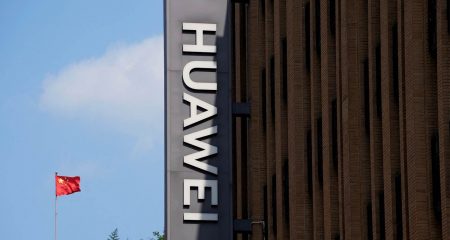 Even for the world’s worst performing stock markets, Thursday’s losses were extreme.
Even for the world’s worst performing stock markets, Thursday’s losses were extreme.
China’s benchmark equity gauge closed 5.2% lower, the biggest loss since February 2016, as a global selloff spread. More than a thousand stocks fell by the daily limit, or more than one in four. The Shanghai Composite Index ended below 2 600, a level not even breached during market crashes in 2015 and 2016.
Hong Kong didn’t fare much better, with the Hang Seng Index dropping as much as 4.1% before paring losses to 3.1% as of 3.20pm local time. Tencent, the most valuable stock listed in Asia, slid 5.7% to extend a record losing streak to a tenth day.
Chinese shares have been the ground zero for the trade war with the US. The Shanghai Composite has lost 24% in the past 12 months, the most among 94 global gauges tracked by Bloomberg, with the majority of the decline happening this year. A slowing economy and weakening currency is only adding to the gloom.
“Panic? The general mood among fund managers is more like ‘playing dead’,” said He Qi, portfolio manager at Huatai Pinebridge Fund Management.
Telecommunications and technology shares led declines on the mainland, with ZTE and 360 Security Technology tumbling more than 9%. Tech shares also dropped the most in Hong Kong, following the sector’s rout in New York.
A crackdown at Chinese borders on undeclared goods also hurt luxury goods companies, with Prada tumbling the most in 13 months. Jiangxi Ganfeng Lithium dropped as much as 28% on its trading debut.
“Negative sentiment is outweighing any positive catalysts, and investors would take any rebound as a chance to sell,” said Louis Tse, Hong Kong-based managing director at VC Asset Management, adding that Shanghai shares may fall further after breaking the key support level. “If we’re talking about seeing an end of the tunnel — I don’t think so.” — Reported by Kana Nishizawa, with assistance from Sofia Horta e Costa, (c) 2018 Bloomberg LP




